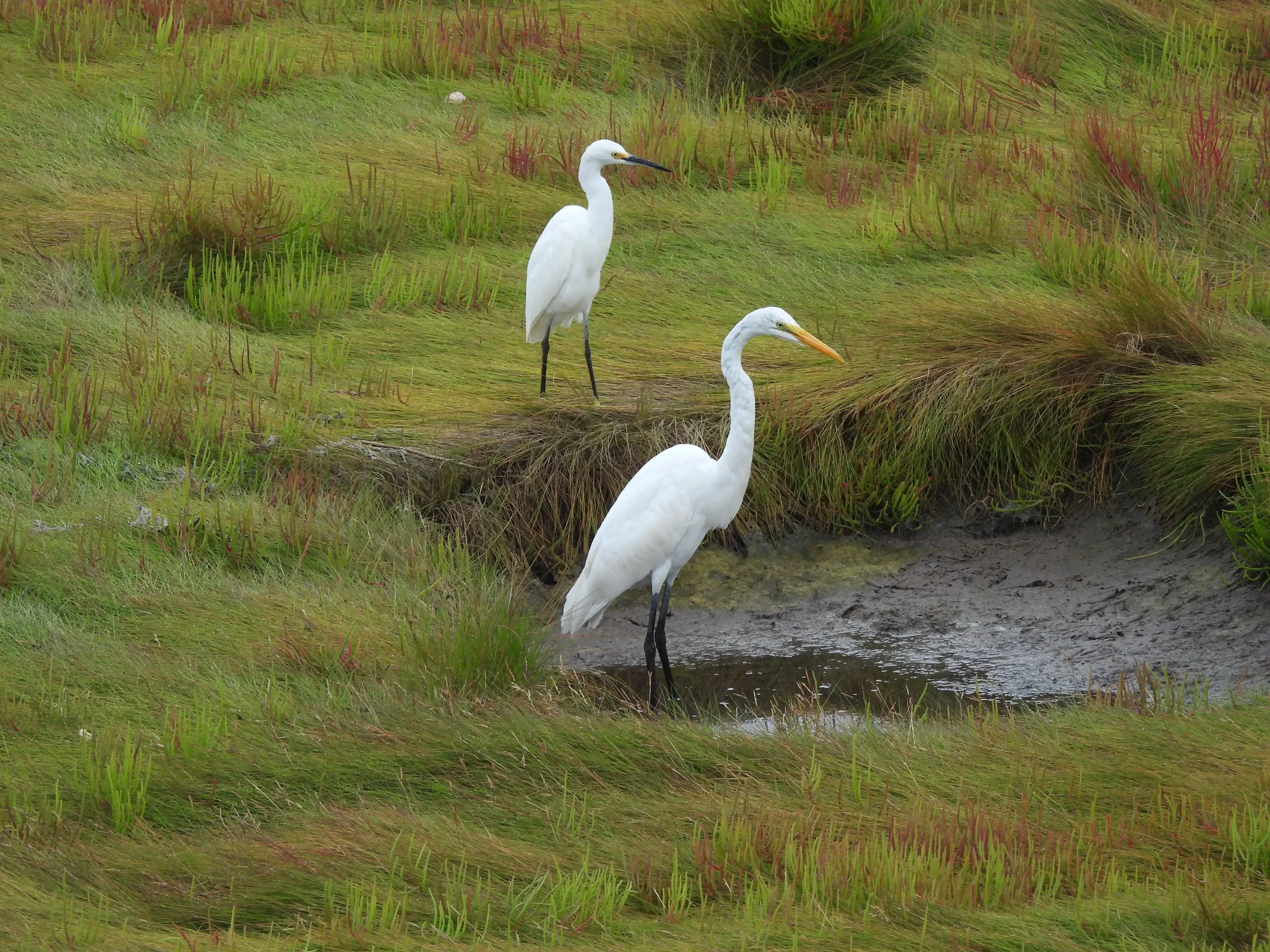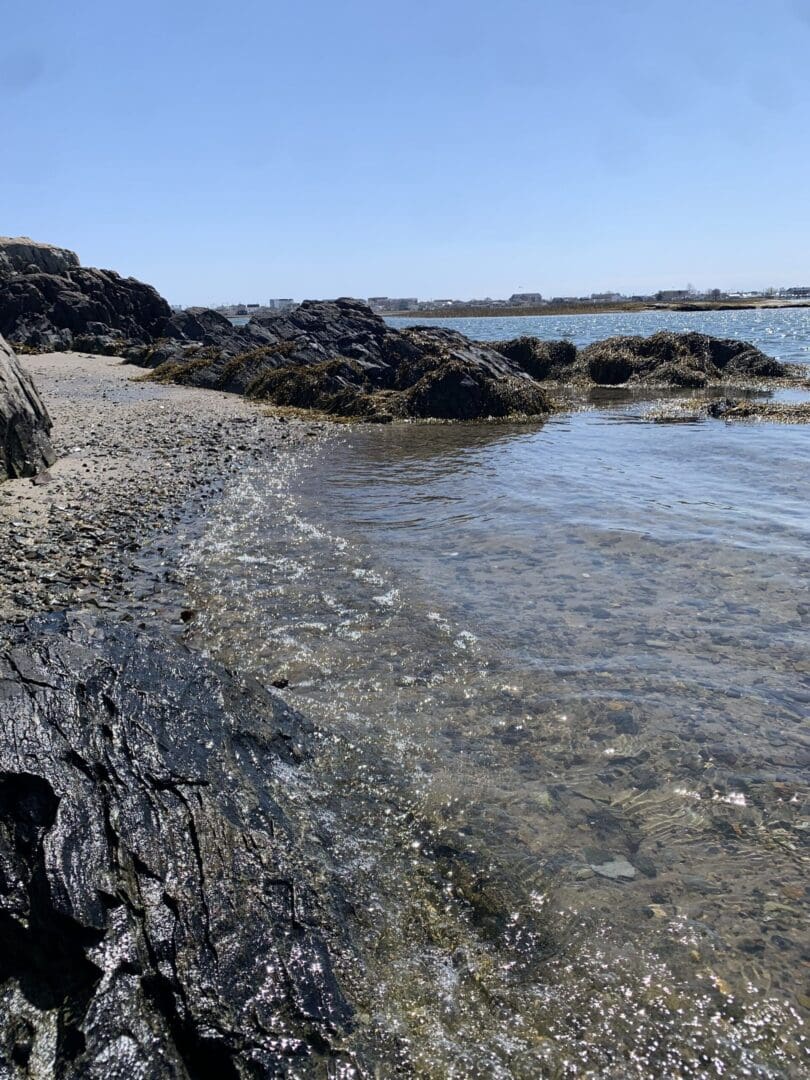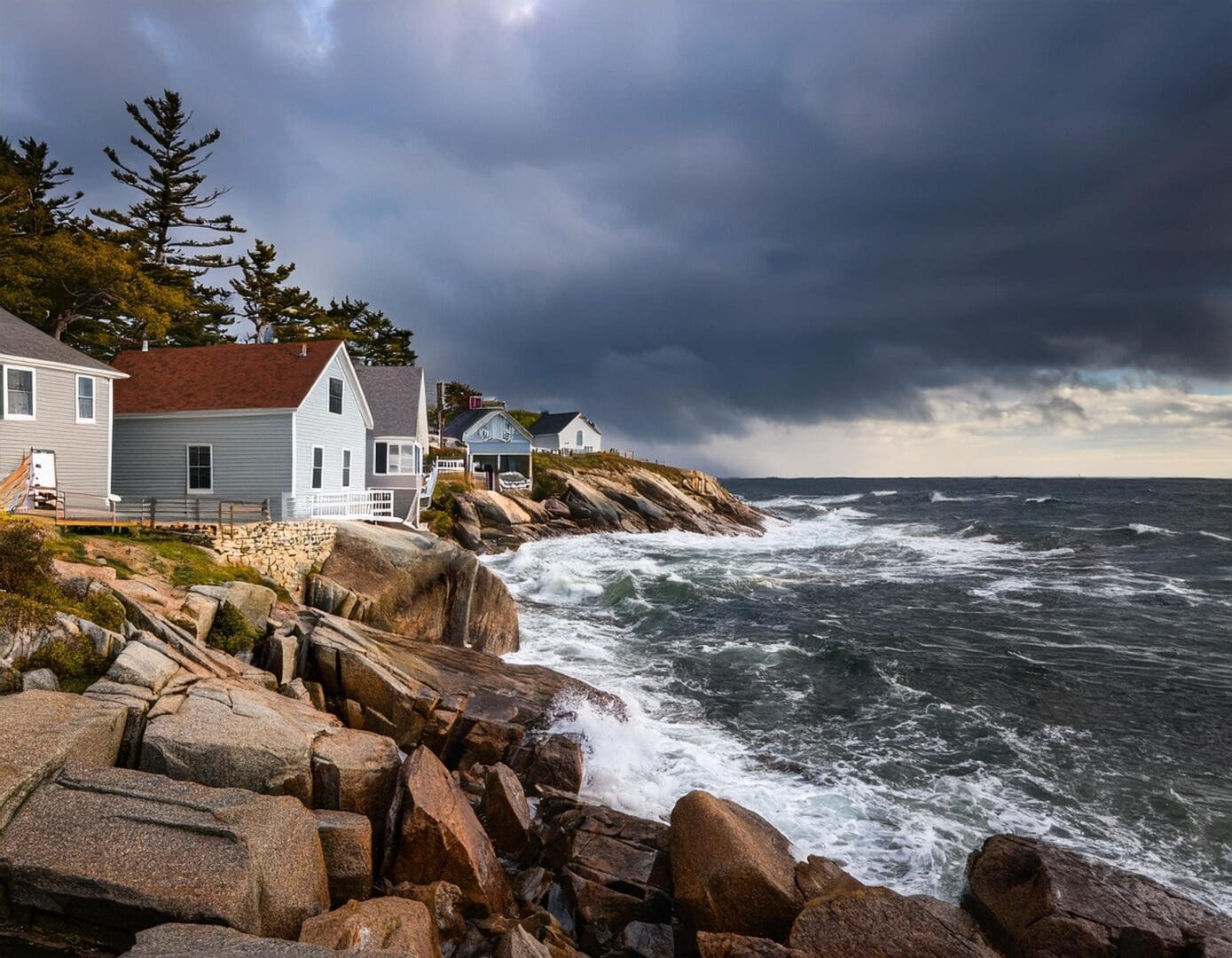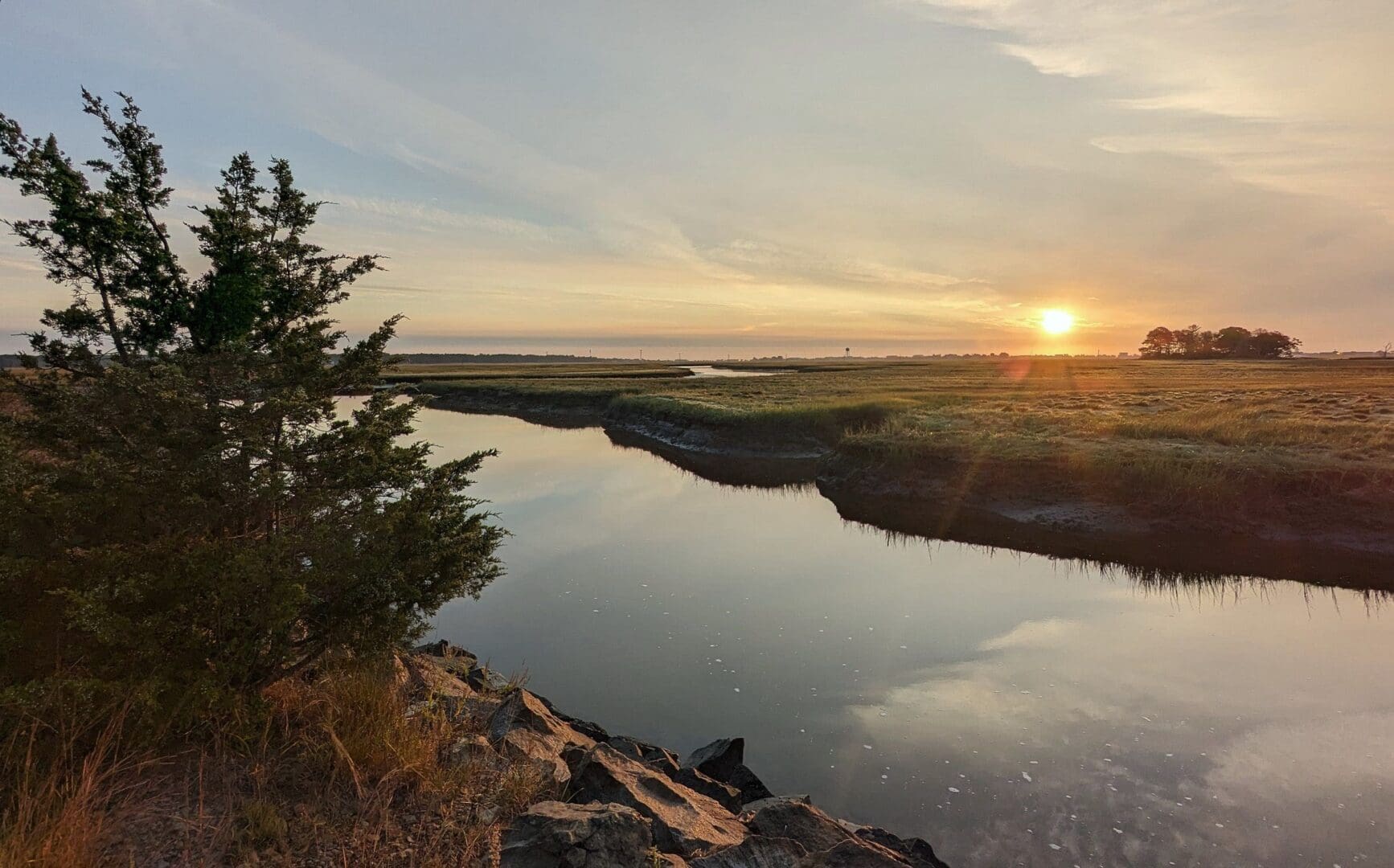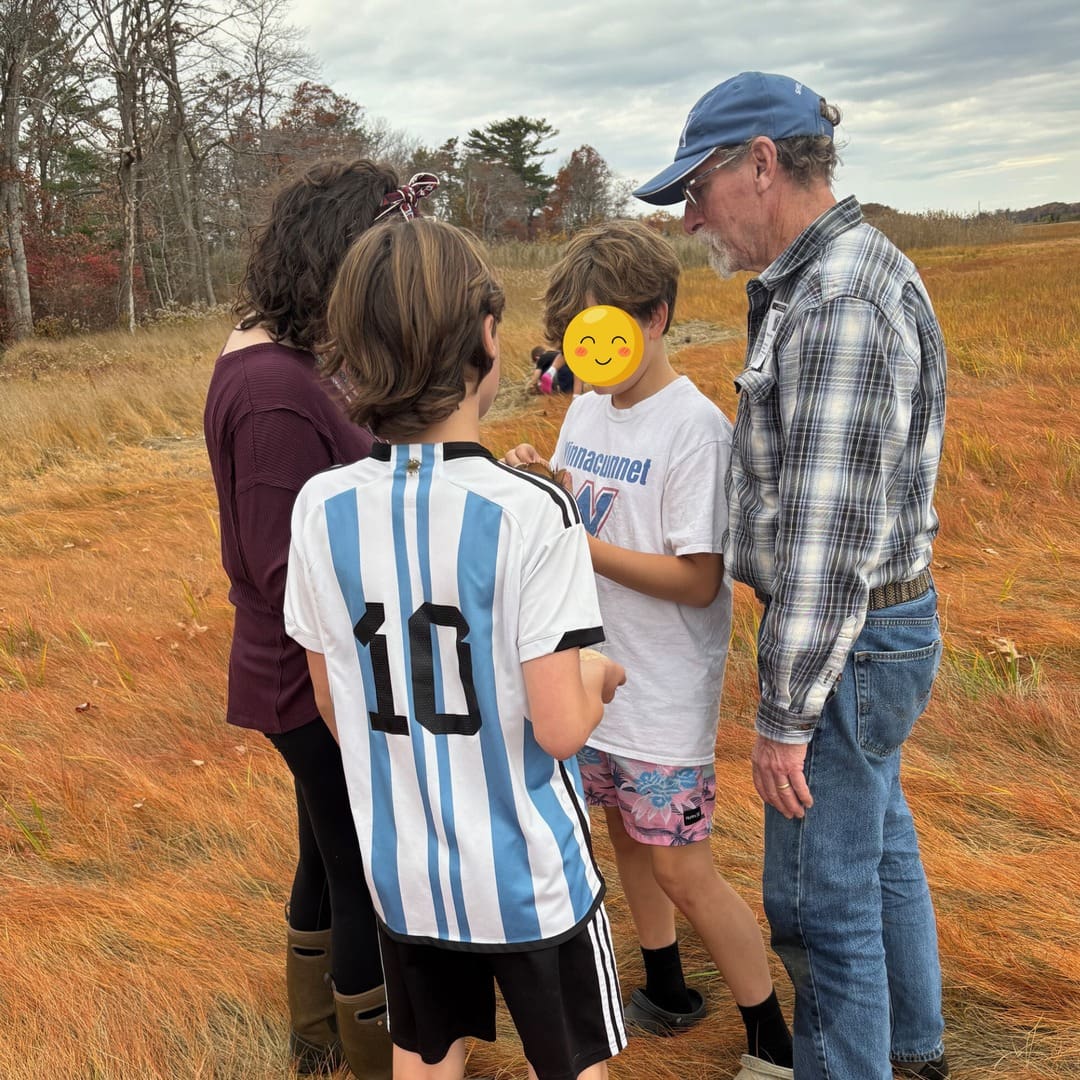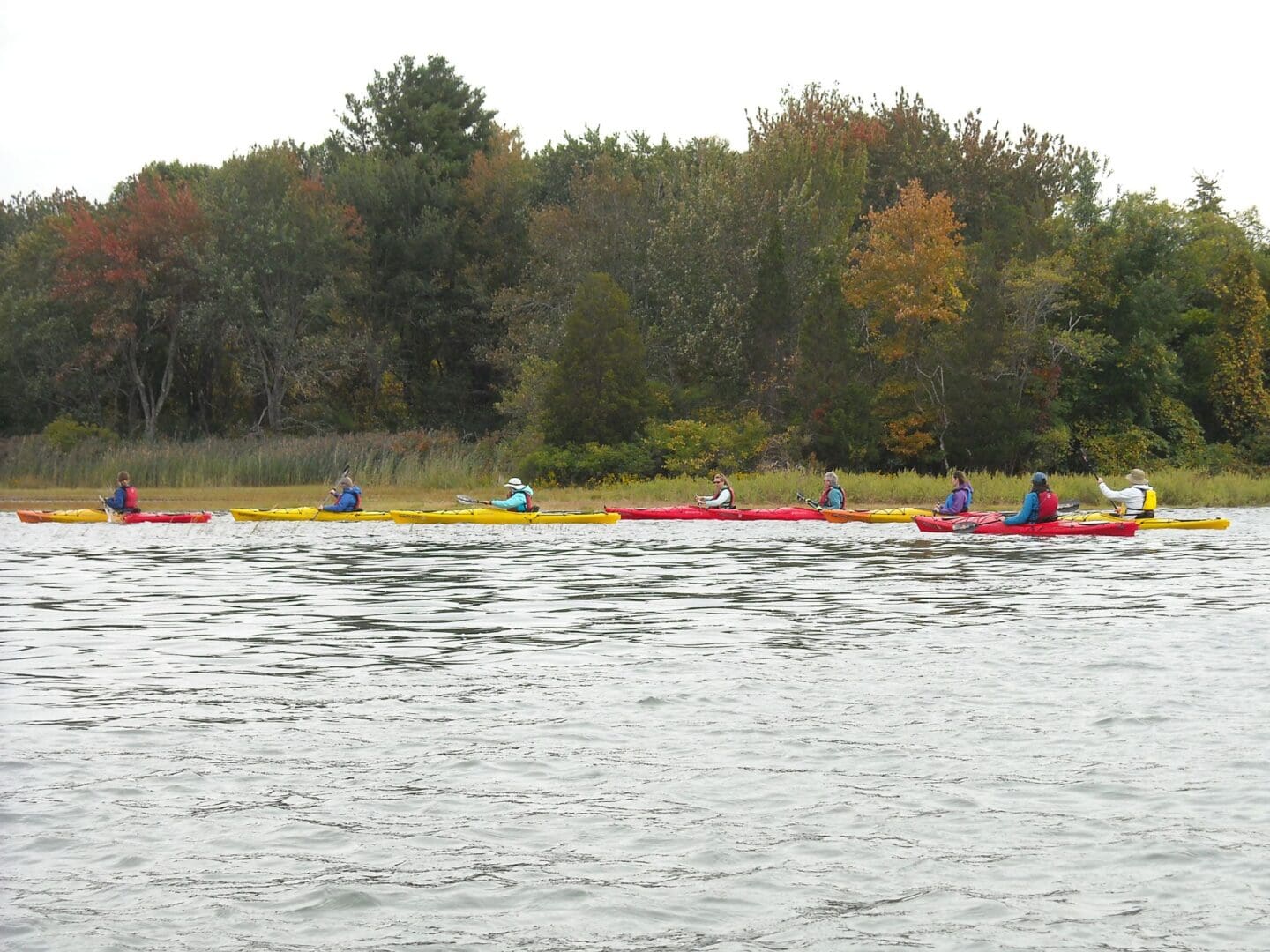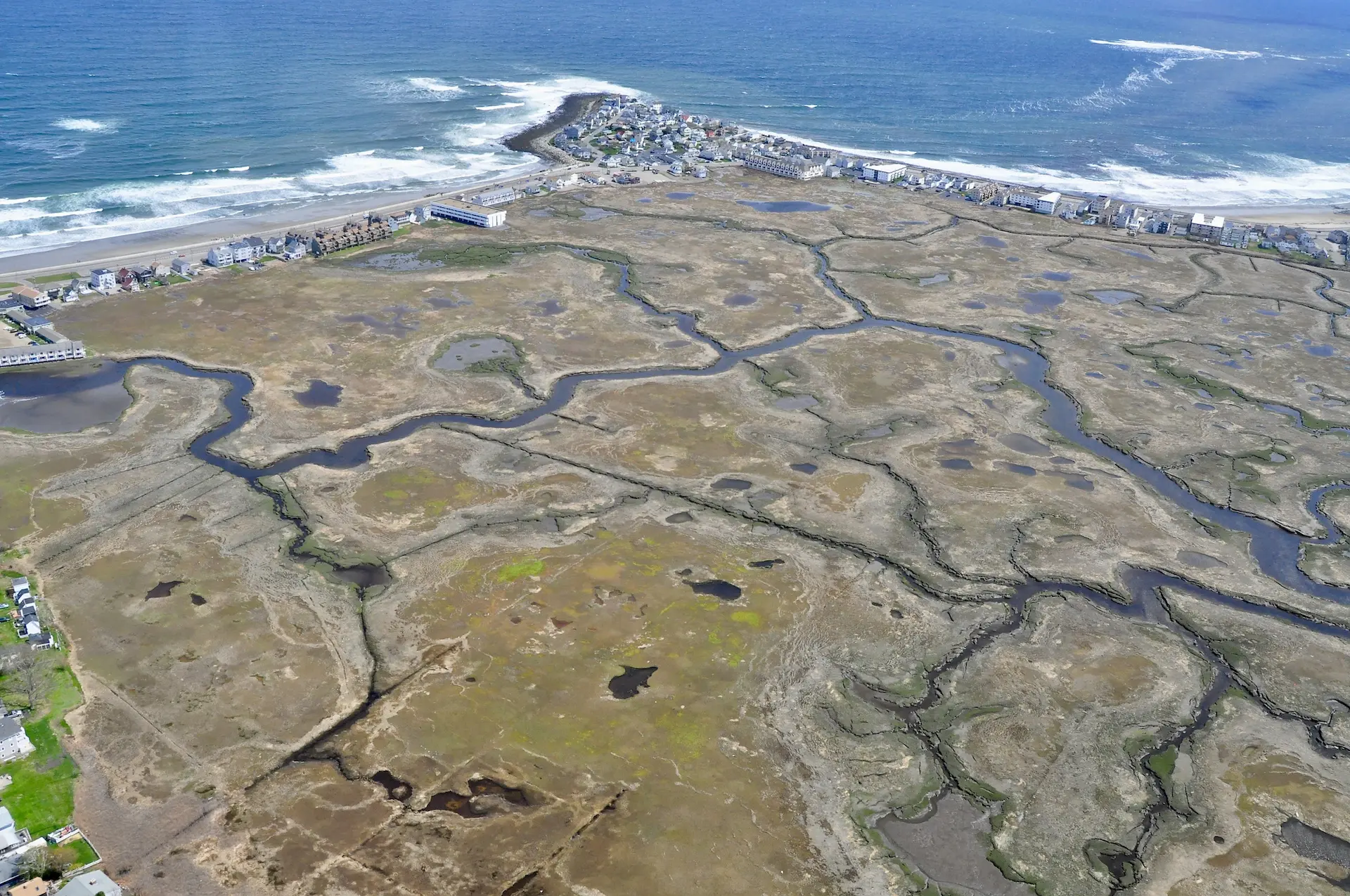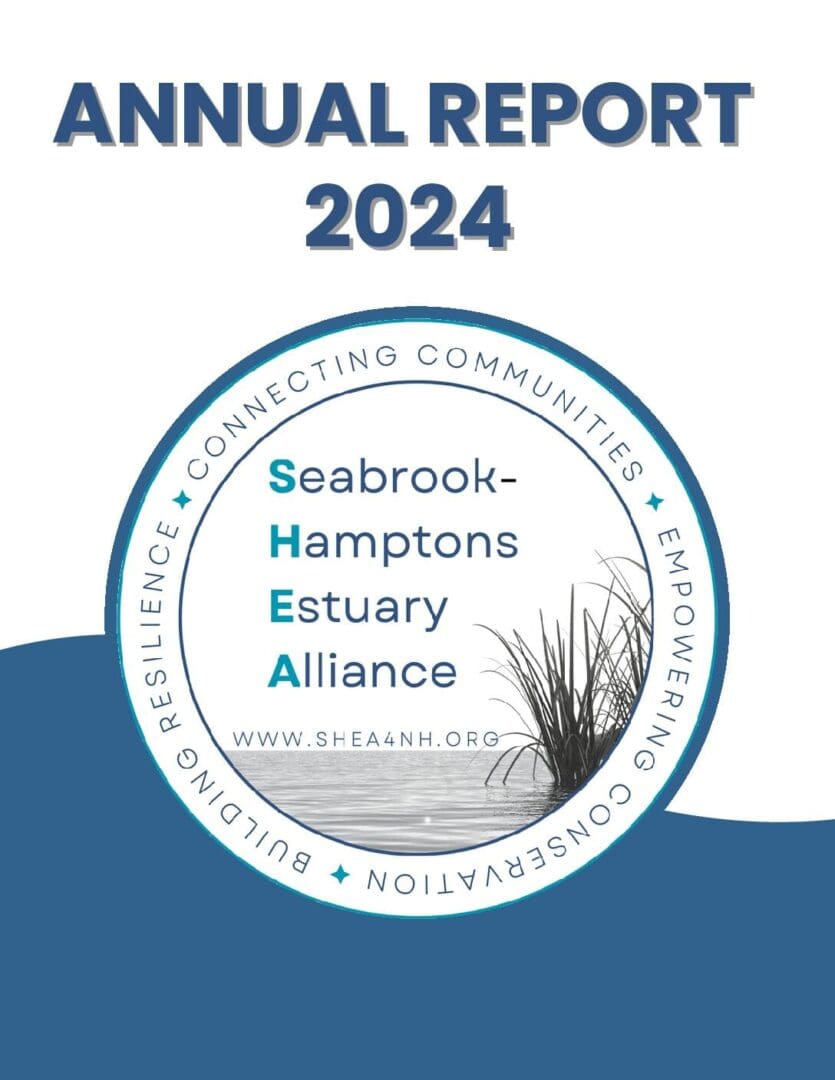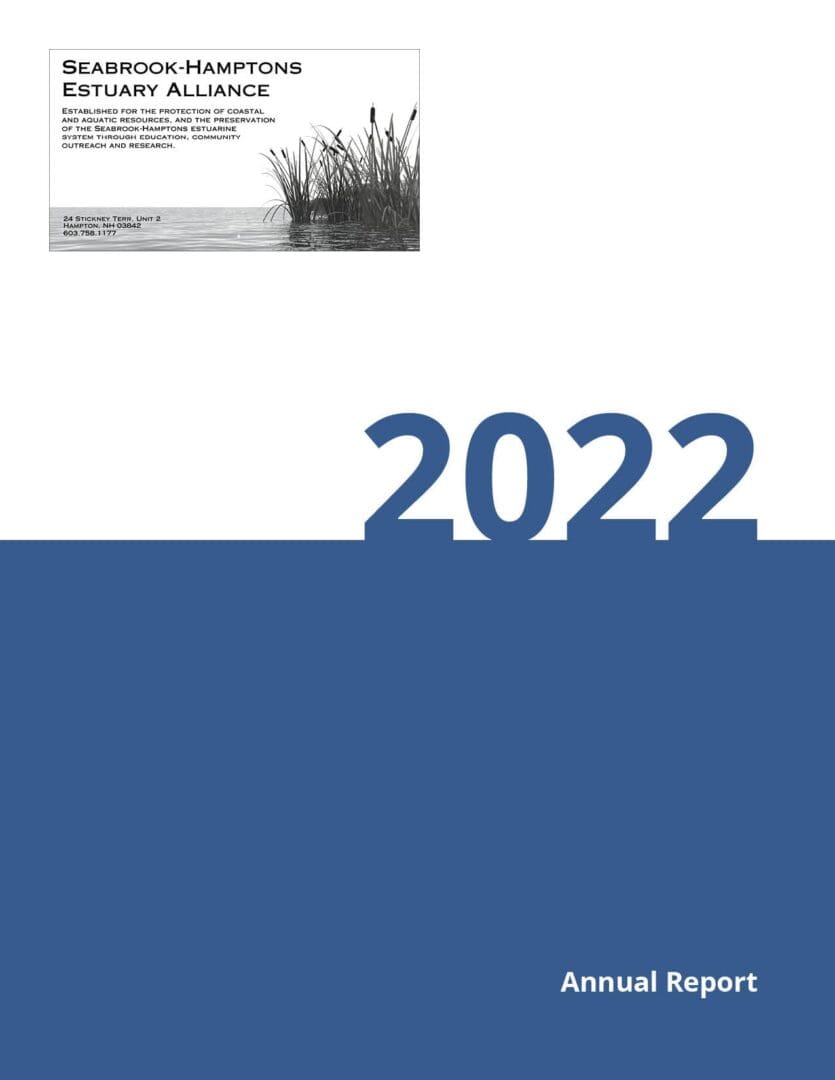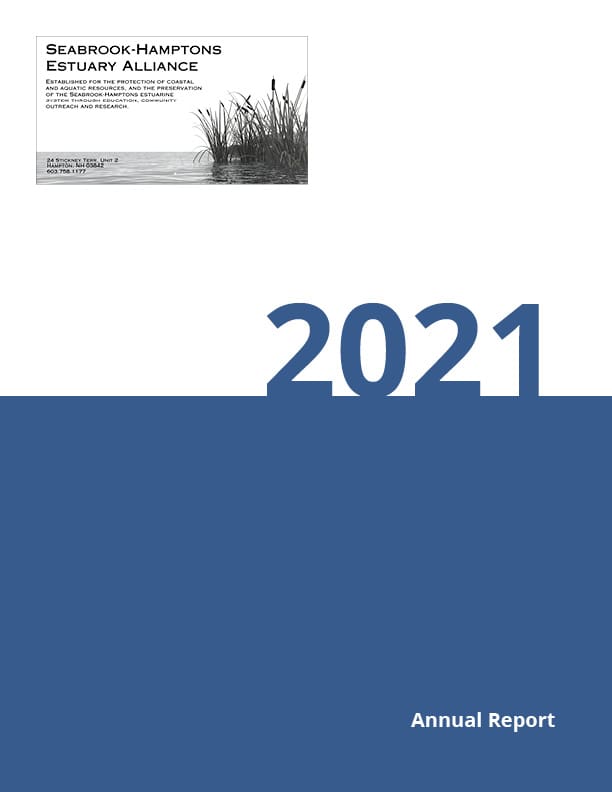Education, Outreach, and Research
SHEA is dedicated to protecting and preserving the Seabrook-Hamptons Estuary through education, outreach, and research. By engaging local communities, we provide valuable information and resources to raise awareness about the importance of the estuary’s functions that benefit nature and people. Our outreach efforts connect people with the environment, fostering a shared sense of responsibility for its care. Through research with our partners we gather critical data to identify trends, guide conservation efforts and help build resilience against challenges like climate change and habitat loss. Together, these efforts work to ensure the long-term health and sustainability of our unique natural resources.
Economic Impacts of Sea Level Rise
This report, developed by the NOAA Office for Coastal Management for the Seabrook-Hamptons Estuary Alliance, provides an in-depth analysis of how rising sea levels and storm surges could financially impact Hampton, Hampton Falls, and Seabrook, New Hampshire, by 2050. It ...
(continued on project details page)
(continued on project details page)
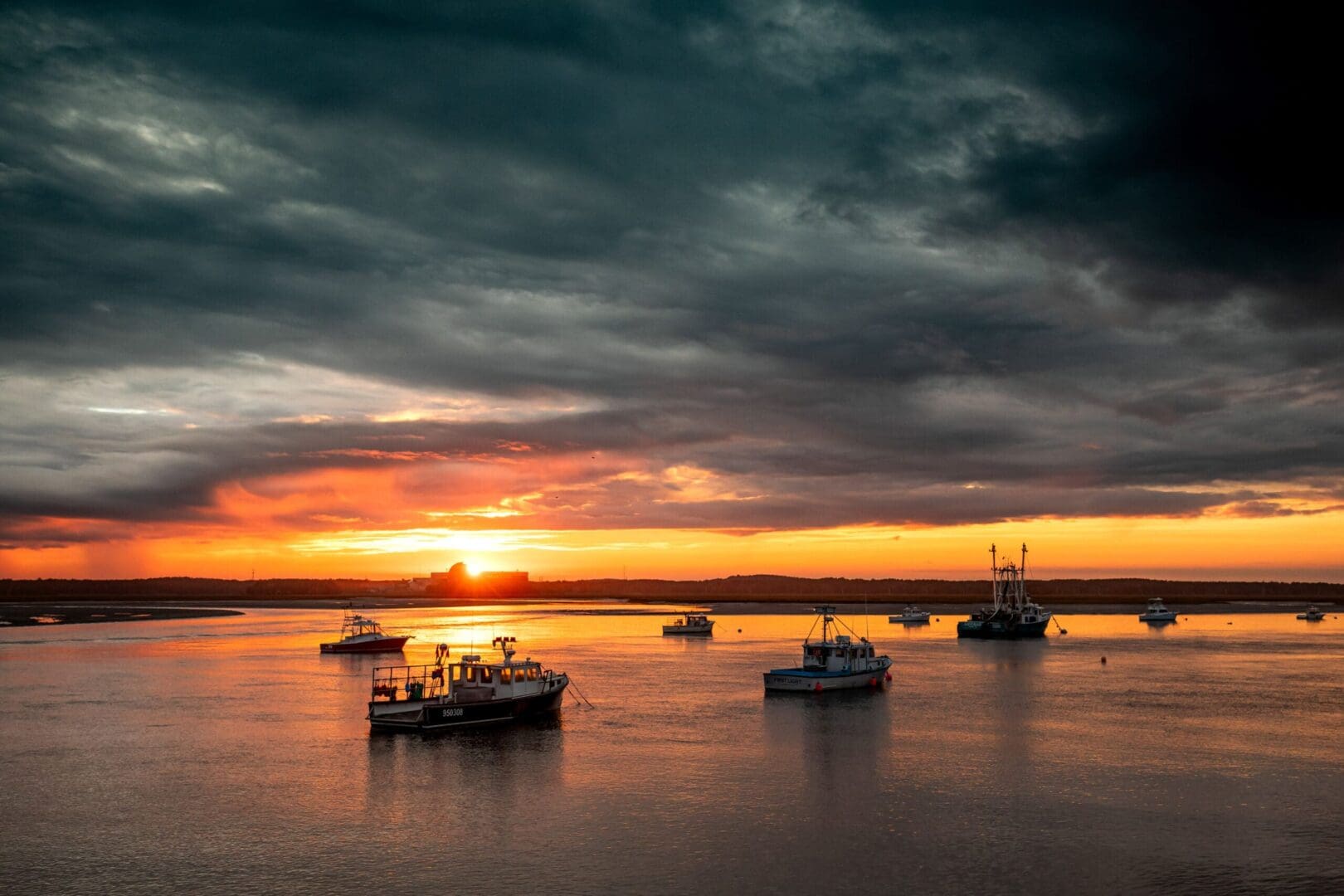
Project Details Page
Estuary Management Plan
The Vision for the Estuary: A sustainable, healthy, and resilient environment providing ecosystem services for the benefit of communities and wildlife. The Estuary Management Plan is a vibrant working document, regularly updated by SHEA to manage goals, objectives, and actions ...
(continued on project details page)
(continued on project details page)
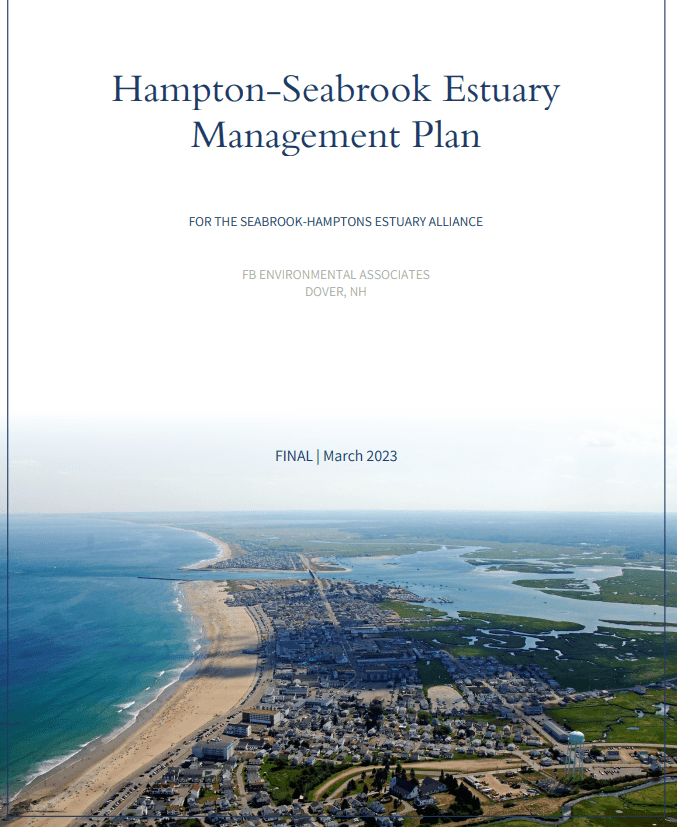
Project Details Page
Public Dune Walkway Assessment
Environmental and Usage Assessment of Seabrook’s Public Dune Walkways In early 2023, CRT members began discussing the condition of various public walkways that extend from Ocean Drive across the dunes to the beach. In the northern part of Seabrook Beach, ...
(continued on project details page)
(continued on project details page)
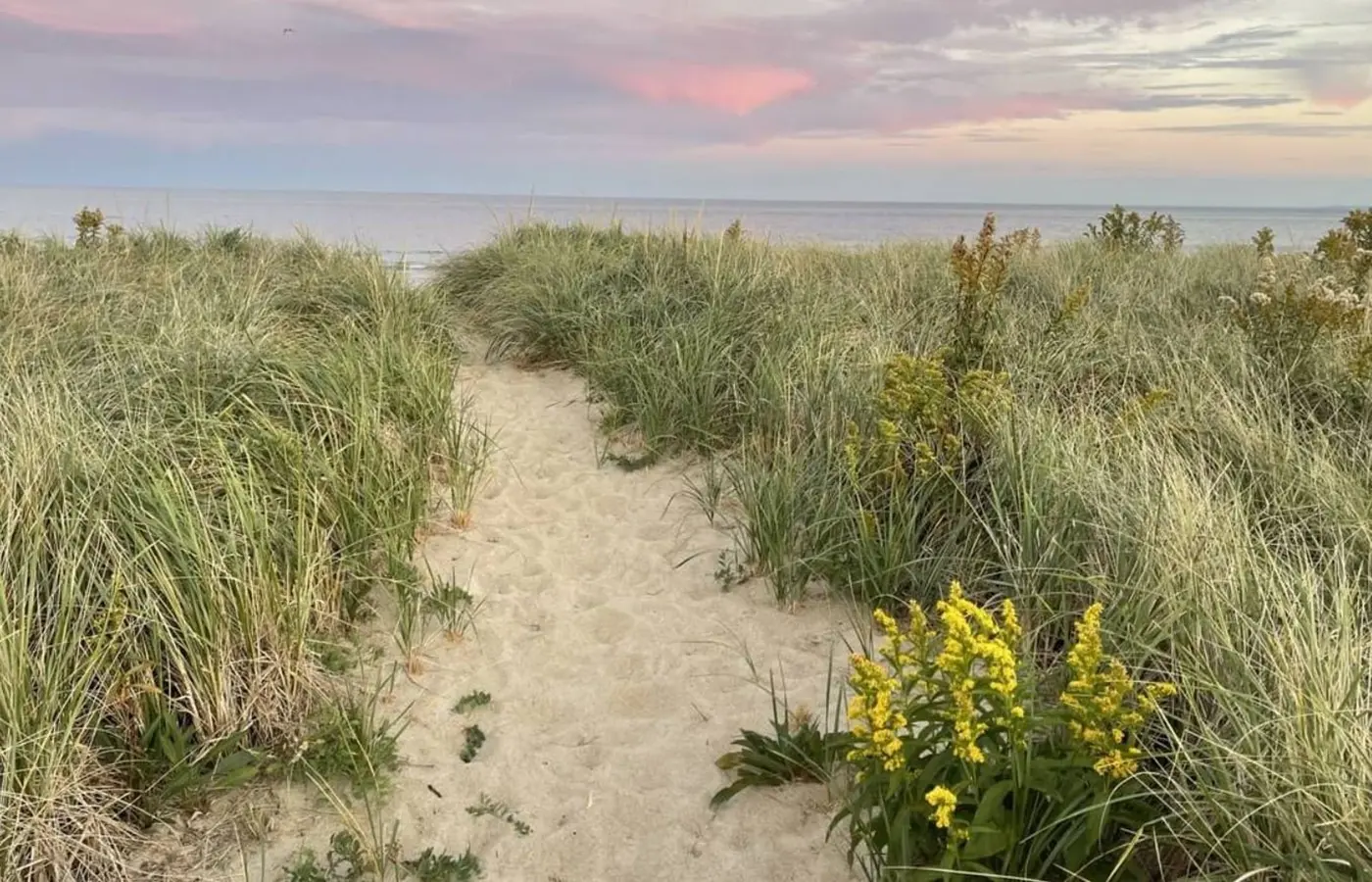
Project Details Page
Coastal Hazard Adaptation Team
SHEA and NH Department of Environmental Services Coastal Program are collaborating on a project to help Hampton, NH, plan for coastal flooding. This project began in 2018 with a “Situation Assessment” to understand flood vulnerabilities. Based on these findings, the Coastal Hazards Adaptation Team (CHAT) was formed in 2019 to coordinate flood-related efforts and develop a community-wide adaptation plan.
(continued on project details page)
